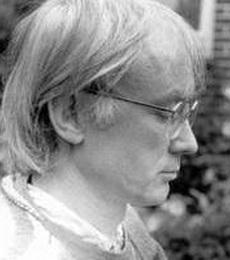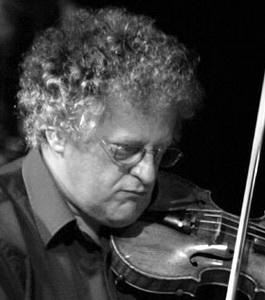

In 1947-1948, Nancarrow designed a special type of mechanical piano. All his “Studies” were written for this piano. These are short plays built on the juxtaposition of many independent lines, with different metrical, rhythmic and tempo activity. The plays are distinguished by the diversity of voices, the auditory illusion of strictly calculated, perhaps serial music, but with a soft, sometimes blues sound. As a rule, “Etudes” go at a very fast pace and are full of short durations, what’s the mat

In 1947-1948, Nancarrow designed a special type of mechanical piano. All his “Studies” were written for this piano. These are short plays built on the juxtaposition of many independent lines, with different metrical, rhythmic and tempo activity. The plays are distinguished by the diversity of voices, the auditory illusion of strictly calculated, perhaps serial music, but with a soft, sometimes blues sound. As a rule, “Etudes” go at a very fast pace and are full of short durations, what’s the mat

In 1947-1948, Nancarrow designed a special type of mechanical piano. All his “Studies” were written for this piano. These are short plays built on the juxtaposition of many independent lines, with different metrical, rhythmic and tempo activity. The plays are distinguished by the diversity of voices, the auditory illusion of strictly calculated, perhaps serial music, but with a soft, sometimes blues sound. As a rule, “Etudes” go at a very fast pace and are full of short durations, what’s the mat

In 1947-1948, Nancarrow designed a special type of mechanical piano. All his “Studies” were written for this piano. These are short plays built on the juxtaposition of many independent lines, with different metrical, rhythmic and tempo activity. The plays are distinguished by the diversity of voices, the auditory illusion of strictly calculated, perhaps serial music, but with a soft, sometimes blues sound. As a rule, “Etudes” go at a very fast pace and are full of short durations, what’s the mat

In 1947-1948, Nancarrow designed a special type of mechanical piano. All his “Studies” were written for this piano. These are short plays built on the juxtaposition of many independent lines, with different metrical, rhythmic and tempo activity. The plays are distinguished by the diversity of voices, the auditory illusion of strictly calculated, perhaps serial music, but with a soft, sometimes blues sound. As a rule, “Etudes” go at a very fast pace and are full of short durations, what’s the mat

In 1947-1948, Nancarrow designed a special type of mechanical piano. All his “Studies” were written for this piano. These are short plays built on the juxtaposition of many independent lines, with different metrical, rhythmic and tempo activity. The plays are distinguished by the diversity of voices, the auditory illusion of strictly calculated, perhaps serial music, but with a soft, sometimes blues sound. As a rule, “Etudes” go at a very fast pace and are full of short durations, what’s the mat

In 1947-1948, Nancarrow designed a special type of mechanical piano. All his “Studies” were written for this piano. These are short plays built on the juxtaposition of many independent lines, with different metrical, rhythmic and tempo activity. The plays are distinguished by the diversity of voices, the auditory illusion of strictly calculated, perhaps serial music, but with a soft, sometimes blues sound. As a rule, “Etudes” go at a very fast pace and are full of short durations, what’s the mat

In 1947-1948, Nancarrow designed a special type of mechanical piano. All his “Studies” were written for this piano. These are short plays built on the juxtaposition of many independent lines, with different metrical, rhythmic and tempo activity. The plays are distinguished by the diversity of voices, the auditory illusion of strictly calculated, perhaps serial music, but with a soft, sometimes blues sound. As a rule, “Etudes” go at a very fast pace and are full of short durations, what’s the mat
|
||









